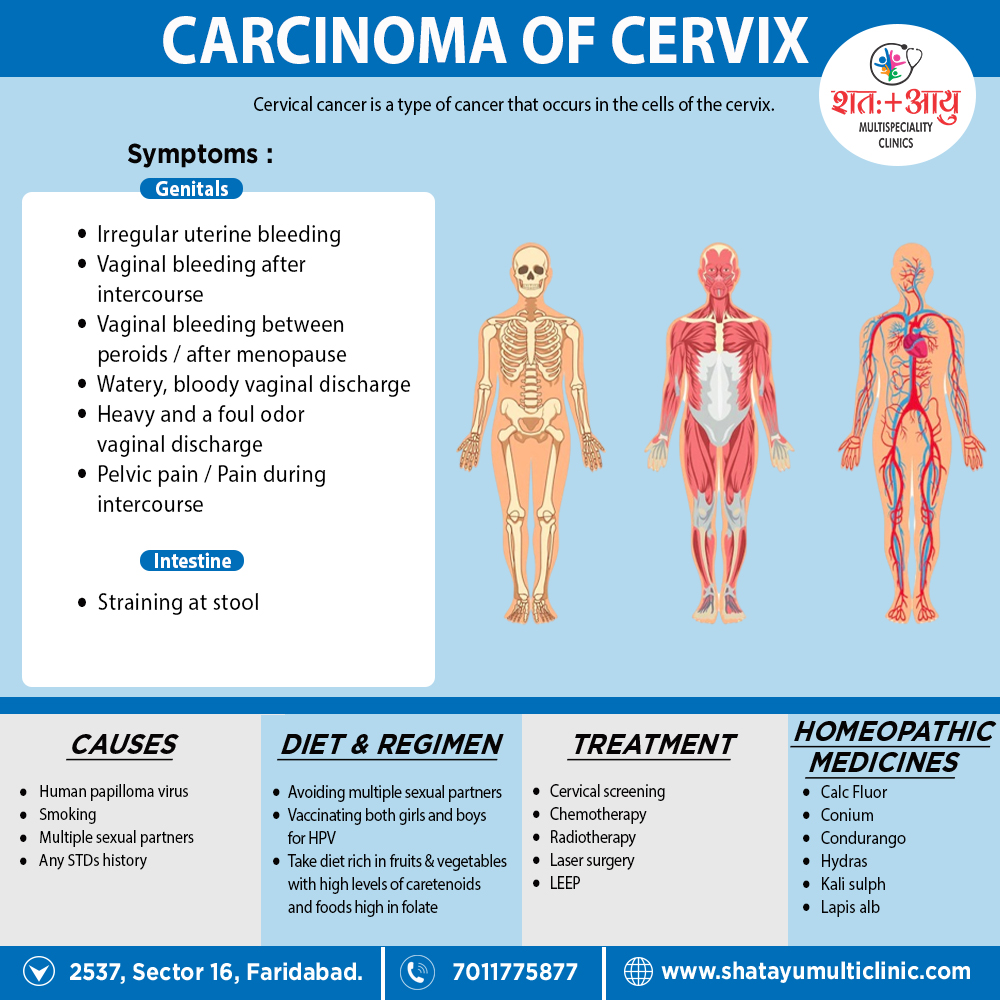Homeopathy treats the person as a whole. It means that homeopathic treatment focuses on the patient as a person, as well as his pathological condition. The homeopathic medicines are selected after a full individualizing examination and case-analysis,
which includes
- the medical history of the patient,
- physical and mental constitution,
- family history,
- presenting symptoms,
- underlying pathology,
- possible causative factors etc.
The disease diagnosis is important but in homeopathy, the cause of disease is not just probed to the level of bacteria and viruses. Other factors like mental, emotional and physical stress that could predispose a person to illness are also looked for.
No a days, even modern medicine also considers a large number of diseases as psychosomatic. The correct homeopathy remedy tries to correct this disease predisposition.
The focus is not on curing the disease but to cure the person who is sick, to restore the health. If a disease pathology is not very advanced, homeopathy remedies do give a hope for cure but even in incurable cases, the quality of life can be greatly improved with homeopathic medicines.
The homeopathic remedies
The homeopathic remedies (medicines) given below indicate the therapeutic affinity but this is not a complete and definite guide to the homeopathy treatment of this condition. The symptoms listed against each homeopathic remedy may not be directly related to this disease because in homeopathy general symptoms and constitutional indications are also taken into account for selecting a remedy.
Medicine of Carcinoma of Cervix
Calc flour
- Either Hard, or firm, growths indicate as the constitutional salt needed.
- remedy is highly efficacious in restoring the lost elasticity of smooth muscles also remove hard tumors of any smooth muscle.
- Uterus, being a smooth muscle organ, is a main target of action of this remedy.
- Moreover, if uterine fibroid with bearing down pains are presented, this remedy could cure the case.
- Specifically for stony hard glands of the breasts are the marked
- Knotted feel over the breasts with deep seated indurated glands that threaten to suppurate are the other features.
Conium
- Especially when Ulceration based on cancerous diathesis.
- Cancerous swelling of stony hardness. Additionally Sharp, stitching pains; usually painless.
- Indicated in tumors with tearing pains at night.
- Patient suffers from chronic ulcers with fetid discharges.
- Conditions that develop generally in old age, bachelors also older people spinsters.
- It is a remedy for any kind of tumors including uterine fibroid that are caused by suppression of unsatisfied sexual desire, either from excessive indulgence or from effects of some sort of injury.
Condurango
- Syphilitic conditions may be compared with the power of Condurango over cancer.
- Moreover, Cancerous tumours or ulcers with painful crack. Breast cancer; nipple so retracted as to be invisible.
- Some small congenital warty excrescences enlarge and look fresh. Besides this, Blotches, pimples, and boils in many parts.
- Condurango has found its chief use as a cancer remedy, especially in cancers originating in epithelial structures.
- Rhagades at muco-cutaneous orifices and warty excrescences are a leading indication for it.
- Cutting, stinging, burning, tingling, constrictive, also piercing pains
Hydrastasis
- Cancers are hard, adherent; skin mottled, puckered.
- Indicated in old tired people with severe debility.
- Cancer of breast, with pain like knives thrust into parts.
- Cancer of stomach; vomits everything except water also milk; emaciation.
- Cancer of tongue, of liver.
- The remedy for tumours in the breast with retracted nipples and cancerous formations on skin that is very unhealthy.
Kali Sulph
- Yellow, thin discharges, skin cancer.
- For those who are better in the cool, or cold, open air.
Lapis Alb
- Repute in uterine cancer.
- Cancer of breast.
- With burning, shooting, stinging pains.
- When ulceration has not set in also associated with scrofulosis (in other words, glands not hard but to a certain extent elastic and pliable).
- Discharge horribly offensive.
Secale Cor
- Inflammation and cancer; vomiting of food with great debility; burning.
- Especially when Cancer and gangrene of uterus; offensive discharge from uterus causing her vomit.
Silicea
- Generally, For those who are generally chilly and seek the warmth.
- It generally held that cancers are incurable by medicine, but their growth may modified, or arrested, by the right medicine.

